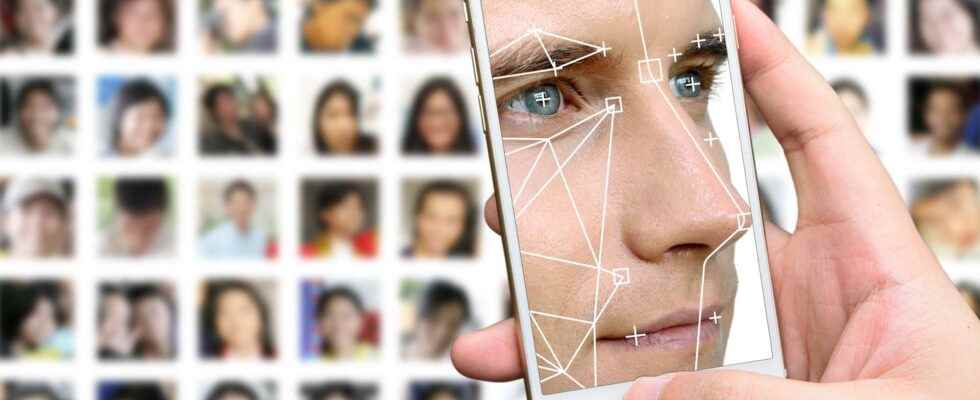Differentiating the face of a human being from that created by Artificial Intelligence is becoming more and more difficult. The photorealism of these fictitious portraits reaches levels of perfection such that the observer finds them more reliable and trustworthy than the authentic boils of a anyone. If it has the power to entertain, this special effects technology, now accessible and democratized, can also deceive.
You will also be interested
[EN VIDÉO] Humanity shares 70% of its facial expressions The approximately seven billion humans inhabiting the Earth would have another point in common. Finally, 16 common points. They would share 16 facial expressions in similar contexts.
With Artificial Intelligence, not easy to distinguish the true from the false. Especially when this technology is used to generate ultra-realistic faces. Researchers at Lancaster University have found that it is extremely difficult to differentiate a real face from one created from scratch by algorithms.
They performed several experiments to determine how realistic these synthetic faces are. The researchers first asked 315 participants to identify, among 800 portraits, the faces of real people and those generated by artificial intelligence. They got an accuracy rate of 48.2%, slightly less than chance. A second group of participants received training to learn to recognize artificial faces, before undergoing the same test. Their result? 59%.
These mediocre scores are not surprising given the degree of sophistication of the software ofArtificial intelligence used to create ultra-realistic faces with just a few clicks. They are so much that Internet users use them for the purposes of entertainment or parody. One of them had fun making it appear Elon Musk in Stanley Kubrick’s film, 2001, a space odysseywhile another created a deepfake of Barack Obama calling Donald Trump an “asshole”.
Faces that inspire confidence
This type of scenario is causing a lot of ink to flow and raises many questions about the use of deepfakes to spread fake news. Researchers at Lancaster University wanted to check whether the faces of synthesis arouse a feeling of confidence in the spectators. They asked 223 participants to rate the reliability of real and synthetic faces by assigning them a score from 1 to 7. Faces generated by artificial intelligence are perceived, on average, as 7.7% more worthy of trust than human ones. A disturbing phenomenon that the researchers explain by the fact that the faces of synthesis are quite lambda. This apparent normality inspires a sense of confidence in most people.
“ Our assessment of realism photographic images of faces generated by Artificial Intelligence indicates that the synthesis engines have succeeded in crossing the valley of the strange [une théorie du roboticien Masahiro Mori selon laquelle l’affinité pour les robots augmente en fonction de leur ressemblance à l’humain, ndlr] and are able to create faces that are indistinguishable – and more trustworthy – than real faces “, can we read in the study, recently published in the scientific journal PNAS.
Caution is therefore advised when you come across a photo or a video on Internet. Especially those created with theapplication Chinese Zao. It allows its users to insert, in a few seconds, their face in film extracts or clips with a simple selfie. The result is sometimes impressively realistic. The proof that, on the Internet, it is more necessary than ever to be wary of appearances.
Interested in what you just read?
